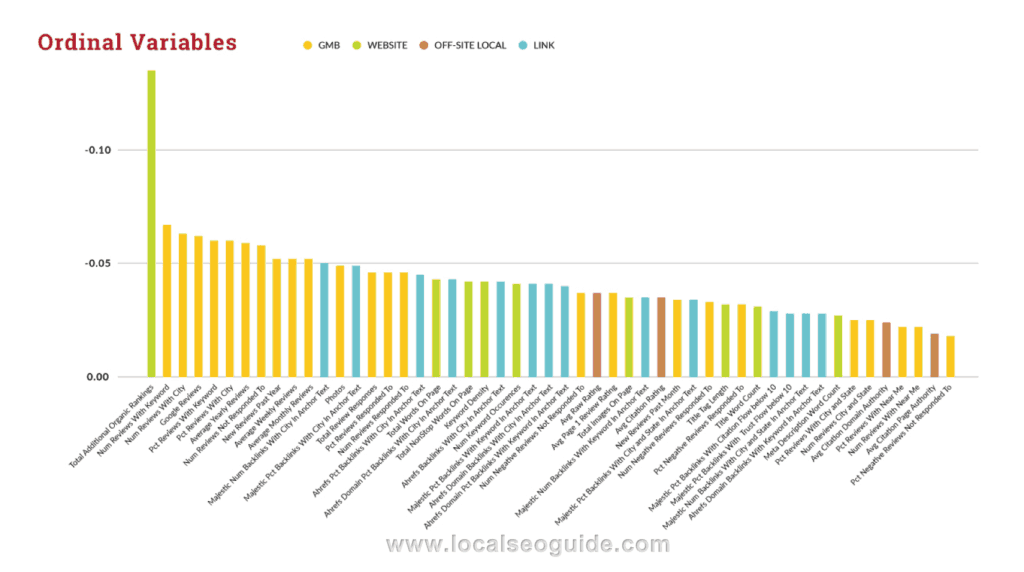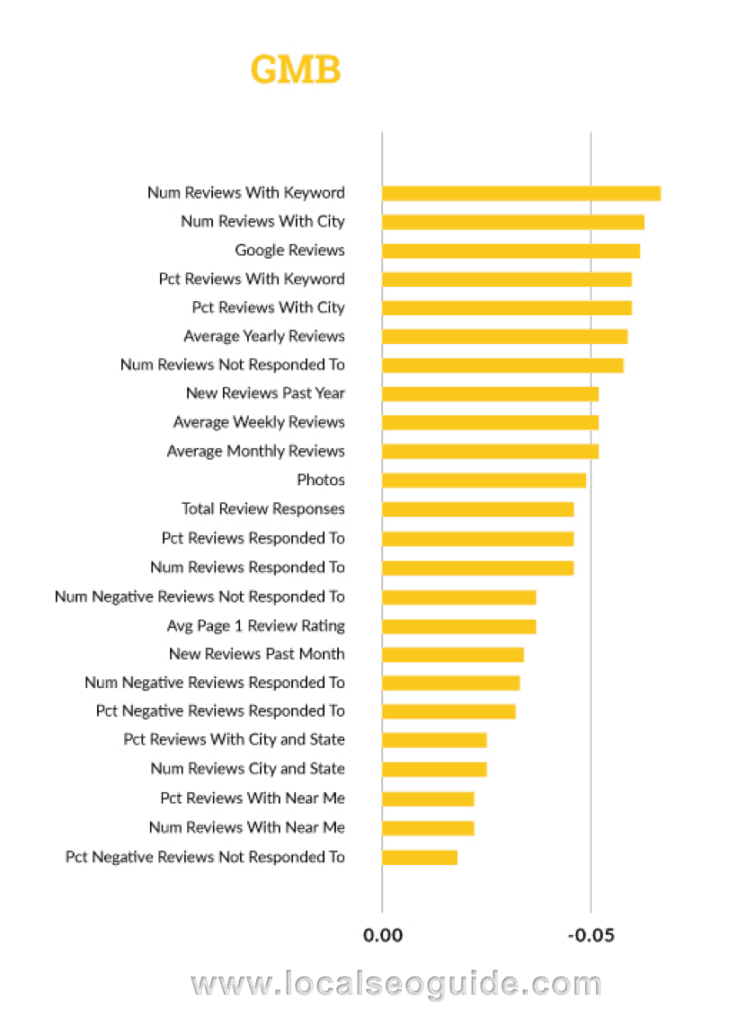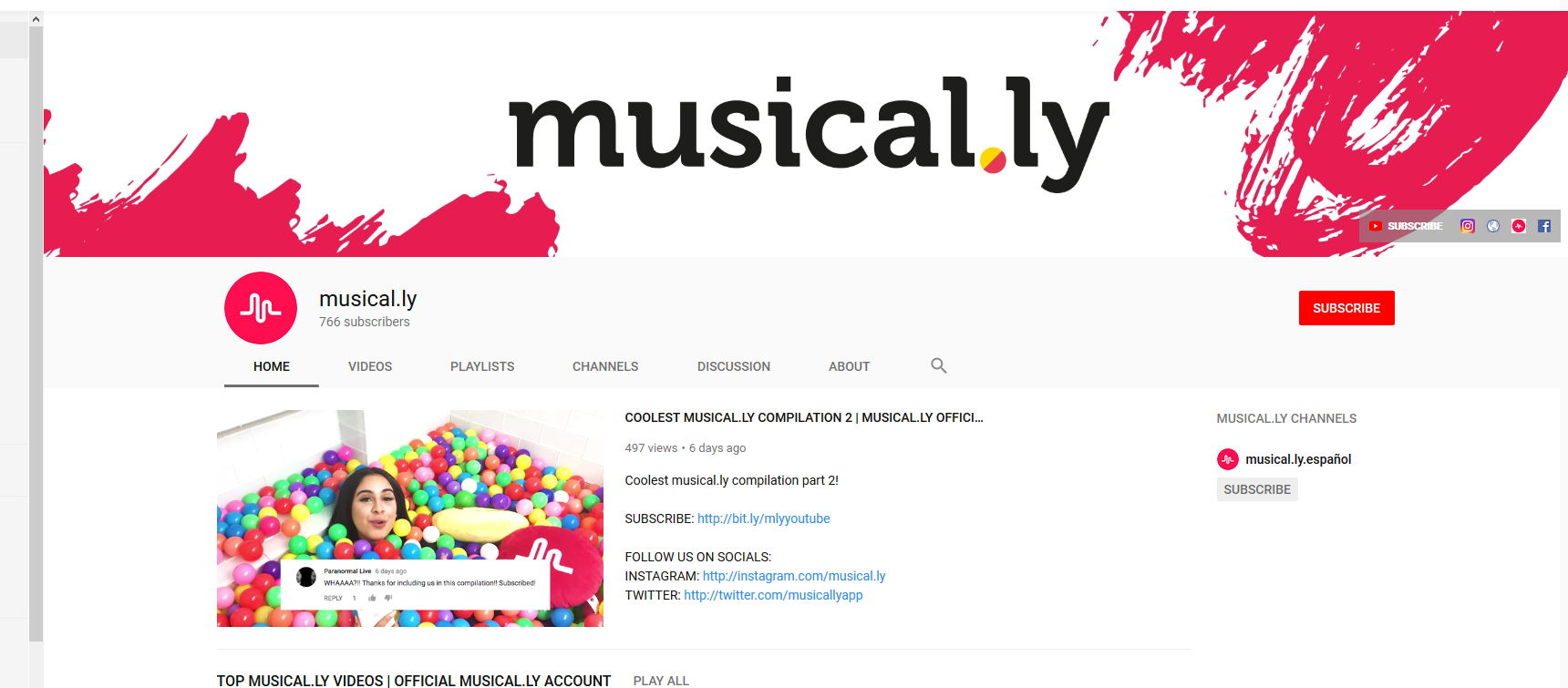Whether the post is positive or negative, the more attention it gets, the more you will sell.
For businesses using social media, posts with high engagement have the greatest impact on customer spending. This is according to new research from the University at Buffalo School of Management.
Published in the Journal of Marketing, the study assessed social media posts for sentiment (positive, neutral or negative), popularity (engagement) and customers’ likelihood to use social media, and found the popularity of a social media post had the greatest effect on purchases.
“A neutral or even negative social media post with high engagement will impact sales more than a positive post that draws no likes, comments or shares,” says study co-author Ram Bezawada, PhD, associate professor of marketing in the UB School of Management. “This is true even among customers who say their purchase decisions are not swayed by what they read on social media.”
The researchers studied data from a large specialty retailer with multiple locations in the northeast United States. They combined data about customer participation on the company’s social media page with in-store purchases before and after the retailer’s social media engagement efforts. They also conducted a survey to determine customers’ attitudes toward technology and social media.
The study also found that businesses’ social posts significantly strengthen the effect of traditional television and email marketing efforts. When social media is combined with TV marketing, customer spending increased by 1.03 percent and cross buying by 0.84 percent. When combined with email marketing, customer spending increased by 2.02 percent and cross buying by 1.22 percent. Cross buying refers to when a customer purchases additional products or services from the same firm.
“The clear message here is that social media marketing matters, and managers should embrace it to build relationships with customers,” says Bezawada. “Developing a community with a dedicated fan base can lead to a definitive impact on revenues and profits.”



















